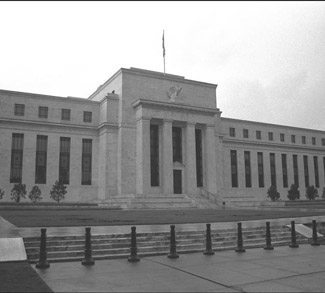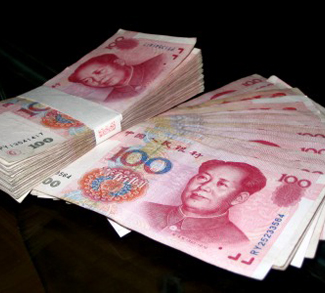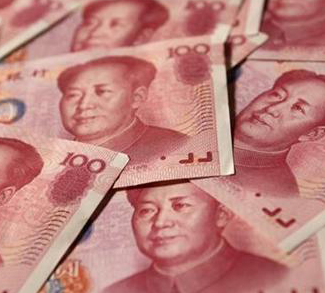Summary
The U.S. government’s swiftly arrived upon decision to pump massive amounts of money into a faltering banking system may come back to haunt policymakers as a trade-off between one disaster for another. Inflation is the new barbarian at the gates, and it is completely bailout-proof.
Analysis
By injecting massive amounts of liquidity into the financial system through the printing of roughly $1.2 trillion dollars, the U.S. Federal Reserve has created the potential for a crisis. While current levels of tepid demand and mild deflation mitigate against inflation in the short term, analysts are beginning to look ahead to an economic recovery that will bring substantial if not crippling levels of inflation.
Although an inflation crisis is not yet a foregone conclusion, avoiding one will depend on how and when the Fed decides to disengage from the market. Most of the newly printed money is currently serving as reserve currency for banks and is thus not in circulation. The Fed is now tasked with picking the best time to pull back these reserves. While the economy is still reeling, the Fed will be under pressure to leave the money outstanding, even if inflationary signals start to appear.
It is faith in the Fed to make the right decision that underlies some analysts’ belief that inflation will not be a problem moving forward. Other experts, however, believe that Zimbabwe levels of hyperinflation in the U.S. are a foregone conclusion. One such proponent of the latter view is Marc Faber, publisher of the Gloom Boom & Doom Report.
Of course, if the current economic crisis has left us with one hard lesson, it is that the fate of the economy is not always dictated by hard economic data. Sometimes, investor-driven speculation can become a self-fulfilling prophecy, and it seems that investors are starting to bank on inflation.
Government debt and deficit spending are alarming investors. Some circles believe that the U.S. could even end up losing its AAA credit rating. Given the massive scale of the U.S.’ $1.8 trillion budget deficit, a loss of investor faith in the U.S. dollar has the potential to undermine the U.S. government’s ability to find buyers for Treasuries to finance government debt. Concerns over the U.S. dollar could trigger a sell-off of stocks and bonds, resulting in a diversion of capital flows into other currencies. In such a scenario, the Fed would then be forced to buy up Treasuries to make up for budget shortfalls, resulting in spiking inflation.
Inflationary concerns have already started weighing down on investor decisions. Recently, large Wall Street banks such as Goldman Sachs and Morgan Stanley started buying up oil futures as a hedge against inflation, resulting in spiking oil prices – another inflationary pressure. Over the past week, investors have been pulling out of the U.S. dollar and into hard assets like gold. As the economy begins to recover and deflation recedes, it can be expected that this kind of speculation will only intensify.
We may soon find that economic recovery was both initiated and ultimately undermined by government bailouts. The spike in inflation that will accompany economic recovery will require interest rate hikes, which in turn will not only prolong the recession, but increase borrowing costs for the U.S. government.
Zachary Fillingham is a contributor to Geopoliticalmonitor.com




